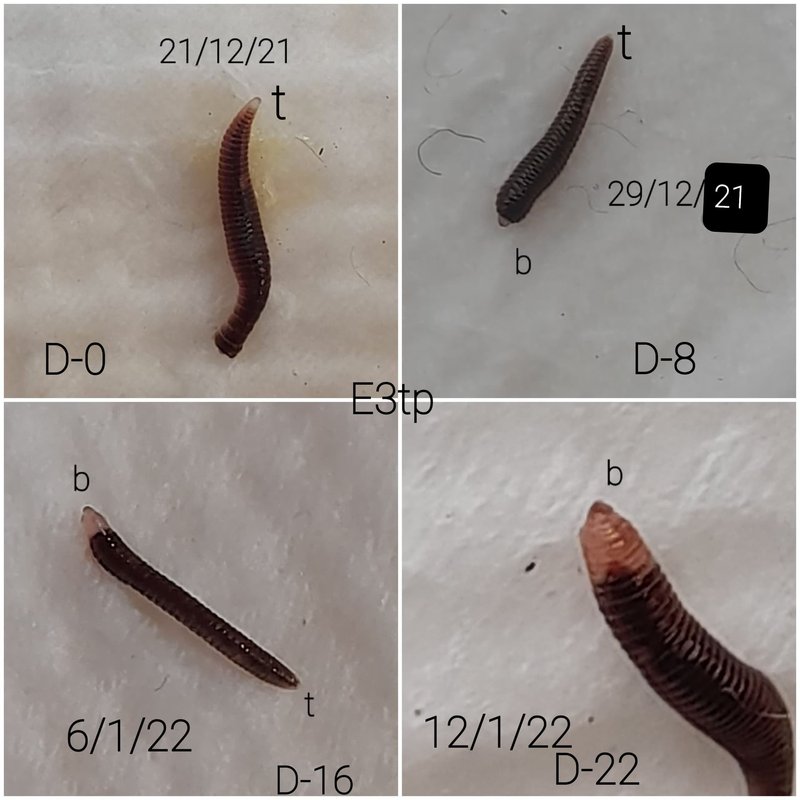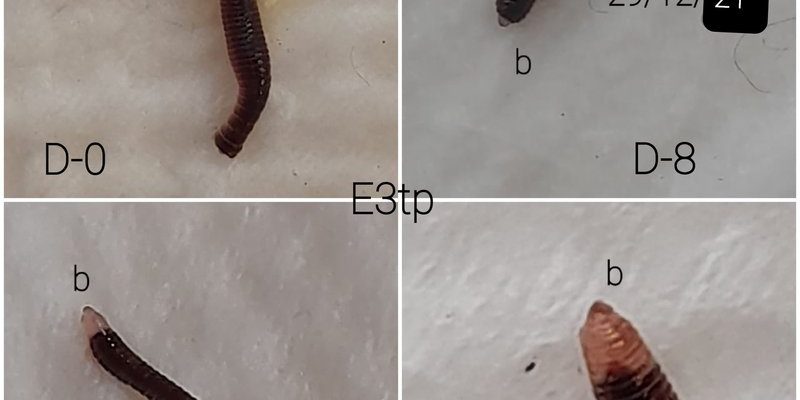
Now, this might sound a little far-fetched, but Earthworm regeneration is a fascinating topic that invites us to consider how life adapts and thrives even in challenging environments. So, let’s dig into the dirt and explore just how these creatures do it, from the biology behind regeneration to its ecological significance.
What is Earthworm Regeneration?
Earthworm regeneration refers to the ability of these creatures to regrow lost body segments. If you’ve ever accidentally cut a worm in half, you might have noticed that, under the right conditions, the part with the head can grow into a new worm, while the other end can also regenerate a new tail. This impressive regenerative capability has long fascinated scientists and nature lovers alike.
The process starts when a worm faces damage. It goes into repair mode, utilizing specialized cells that can transform into different cell types needed for regrowth. This ability is pretty remarkable and highlights just how adaptable life can be. Earthworms can regenerate several segments of their bodies, although the most common sights involve them regrowing tails after an injury. It’s as if they have their own built-in repair team operating just beneath the skin.
How Does Regeneration Work?
You might be wondering, “How exactly does an earthworm pull off such a feat?” Let’s break it down. When an earthworm loses part of its body, the first thing that happens is a process called mitosis, where cells begin to divide. This division is crucial because it helps generate the new cells needed for the earthworm to grow back its lost segments.
Once the cells have multiplied, they start to differentiate. This means they change into specific types of cells that make muscle, skin, and other tissues. Think of it like a factory assembly line where raw materials are transformed into specific products. Over time, these new cells come together to form the missing segments, essentially molding a new tail or even a new head if the injury was significant.
The regrowth doesn’t happen overnight. It can take weeks to months for an earthworm to fully regenerate. Factors like the worm’s age and environmental conditions—like temperature and moisture—play a huge role in how quickly and effectively regeneration occurs. A healthy, well-nourished worm in a warm, moist environment will generally regenerate faster than one in harsh conditions.
The Science Behind Why Earthworms Regenerate
So, why can some animals regenerate while others can’t? The secret often lies in their cell types. Earthworms have unique cells known as neoblasts, which can transform into different types of cells as they’re needed. Neoblasts play a fantastic role in regeneration, acting like a pool of stem cells that can produce various tissues based on the worm’s needs.
Researchers believe that understanding this process could have broader implications for medicine. If we can unlock the secrets behind how earthworms regenerate, it might help us develop better healing techniques for humans. After all, wouldn’t it be amazing if we could harness a fraction of the regeneration power seen in creatures like earthworms for ourselves?
In addition, studying earthworm regeneration can help scientists learn about the evolutionary advantages of this ability. For instance, being able to regrow lost segments means earthworms can escape predators more easily, enhancing their survival in the wild.
Ecological Significance of Earthworm Regeneration
Next, let’s talk about why all this matters beyond sheer curiosity. Earthworms play an essential role in maintaining soil health. They aerate the soil, break down organic matter, and help recycle nutrients. By being able to regenerate, earthworms can continue performing these vital tasks even after losing body segments due to environmental stresses or predators.
The ability to regenerate also supports their populations. Healthy earthworm populations lead to enriched soils, which benefits plant life and, in turn, promotes biodiversity in ecosystems. So, the next time you see an earthworm wriggling through your garden, remember that it’s not just a simple creature; it’s a pillar holding up the entire ecosystem.
In essence, earthworm regeneration contributes to ecological balance. It ensures that these little creatures continue performing their critical functions even in the face of challenge or predation.
Can All Earthworms Regenerate? A Closer Look
Though most earthworms have some degree of regeneration ability, not all can regenerate equally. There are various species of earthworms, and their regenerative capabilities can differ significantly. Some can regenerate lost segments fast and effectively, while others may struggle or have limited regenerative power.
For example, the common earthworm (Lumbricus terrestris) is well-known for its ability to regrow segments. In contrast, some other species might only regenerate a portion of their lost body. This variation can be attributed to several factors, including the worms’ habitats, genetics, and evolutionary pressures.
You might ask, “So what?” Well, understanding these differences can help in ecological studies and agriculture. Knowing which earthworm species can regenerate better can lead to better soil management practices. Farmers can benefit significantly if they understand which earthworm types thrive best in their local soils and can help with crop production.
As we wrap up this discussion, it’s clear that earthworm regeneration is not just a neat biological trick; it’s a topic that opens doors to bigger questions and potential breakthroughs. From how these creatures can inspire new medical treatments to their vital roles in ecosystems, the study of earthworm regeneration has much to offer.
So, the next time you encounter an earthworm, take a moment to appreciate its incredible abilities. It’s not just a simple creature; it’s a symbol of resilience, adaptation, and the wonders of nature. As researchers continue their work, who knows what other secrets about regeneration and adaptability we’ll uncover? Earthworms are just the beginning of a world filled with fascinating discoveries waiting to be explored.

